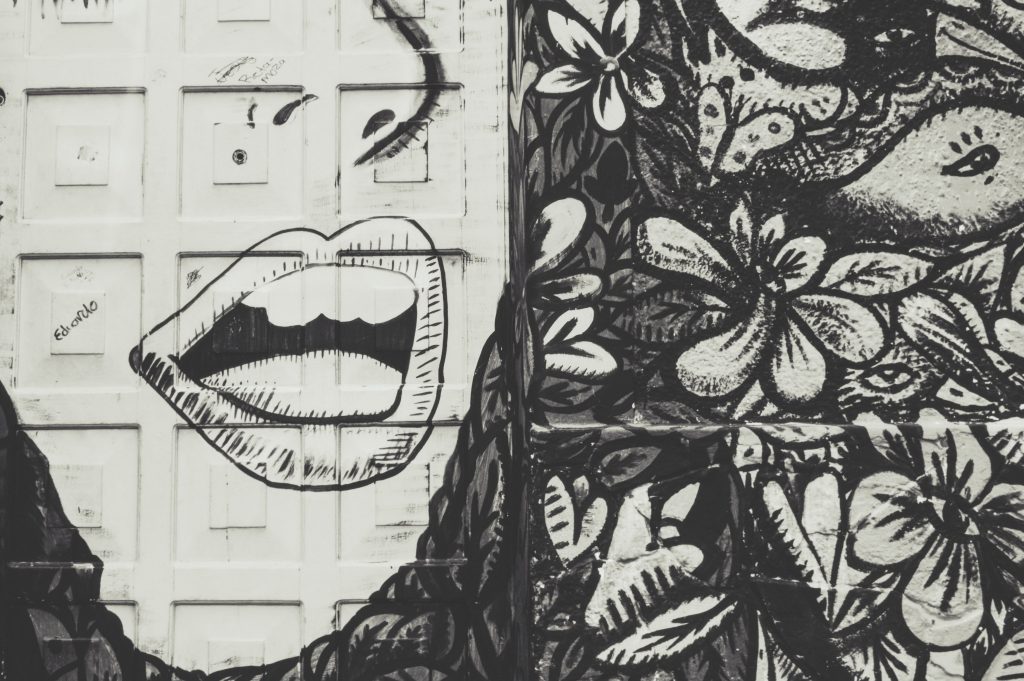We have heard it a thousand times: listening is a communication secret weapon, it is the most important skill you can ever apply.
And I agree. Listening is an art that opens up to knowledge, connections, and relationships. Which is what we look for whenever we share a message. We might call it engagement or social impact but really is about connecting with human beings.Â
But if listening is an art, that art needs to be mastered. We are not all born with excellent listening skills. And let me not lecture us about the fact that the rapid technological change means we are less used to listening now than we were years ago. In an article by the Norfolk State University about students, technology, care-related professions, and listening skills, it is written:Â
In the 21st century, listening skills appear to have been compromised in classrooms by the visual emergence of electronic device distractions.
What do you learn when you master the art of listeningÂ
Listening is an art, the kind of art that gives back. So, for those of you sharing a meaningful message, keep in mind when you master the art of listening, you develop the ability to:Â
- Listen to feedbacks
- Listen to what your audience needsÂ
- Listen to your mentorsÂ
- Listen to your business partner (s)Â
- Listen to your followersÂ
- Listen to yourselfÂ
The list is not exhaustive but it gives you an idea.Â
How can you master the Art of Listening?Â
Being able to listen means being able to connect on a deeper level with fellow human beings. They might be people you want to convince, inspire, learn from, sell to. If you don’t hear what they have to say you don’t: learn, connect nor sell.Â
If you want to master the art of listening is not sufficient to simply stop talking. Listening is about facial expressions, body language, it is about what’s not said with words. Despite being more prone to listening than speaking, I had to improve my listening skills throughout my career. Today I’m sharing some of that knowledge in a list of 11 ways to master the art of listening.Â
banner: call meÂ
11 Ways to Master the Art of ListeningÂ
-
Ask follow up questions
Whenever you ask a question to someone, genuinely ask for more. It is rare that we share all we have to say in one go. Dig deeper.Â
-
Pause and wait for the responseÂ
Sounds obvious but do you know how many times we don’t wait to hear someone’s answer? Consider how superficial it has become the exchange that follows the question “How are you?â€
-
Look at the physical reactions
Listening is not just about hearing the words that come out from someone, but it’s about actively listening. Which means that it is also about keeping an eye on the body language.Â
-
Listen between the lines
One of the books I have been reading is Becoming by Michelle Obama. The first pages are all about her family and her upbringing in Chicago and I was getting frustrated about all the details she was giving until I understood she was giving them to actually talk about segregation, discrimination, racism in America. She never really spells it out, but you can “listen†to those themes between the linesÂ
-
Talk to a kidÂ
Children are stubborn, especially when they ask questions. And they can tell if you are giving a superficial answer. Hence, when you talk to them, you really need to listen. It’s a great exercise!Â
-
Spend some time in silenceÂ
We sometimes need to get used not to hear the sound of our voices and listen. Spending some time in complete silence helps you to do that.Â
-
Focus on others
When you are listening, really listening, your focus should not be on answering but hearing what others have to say. If you focus on giving them space, you are less likely to think about the fact that you want to respond.Â
-
Listen to yourselfÂ
You are the first person you should listen to. You should practice listening to your own voice, studying your body language, analyzing your reaction and listening to your body.Â
-
Ask questions you want to hear the answer ofÂ
Let’s admit it, it’s much easier to listen if you are interested in the answers. So build yourself the right environment by asking questions you genuinely want to hear the answer of
-
Be genuinely curiousÂ
On that note, be genuinely curious when asking a question or listening to someone. These exercises are not about letting an egomaniac rumble about themselves. They are about getting used to listening to connect. So, be authentic in your conversation.Â
-
Put yourself in the condition of listeningÂ
We are not always prone to listen, and that’s OK. Listen to yourself first and put yourself in the condition of listening before giving space to others. Personally, I do that by spending some time with some music before the chat or stopping whatever I’m doing and looking the person right in their eyes.Â
I’m not going to lie, it takes practice and it takes energy. But it is rewarding. Try and let me know how it goes!Â
[ameliacatalog category=1]

